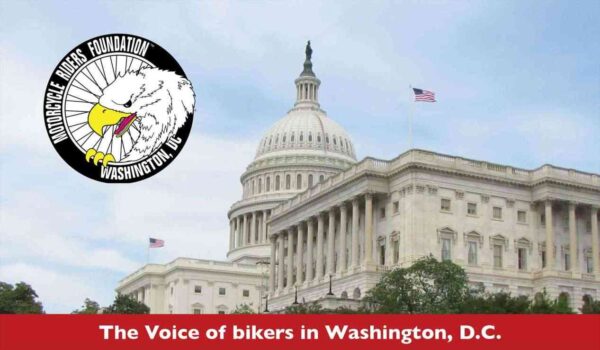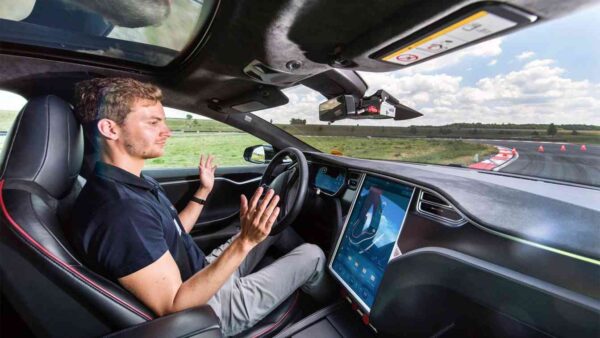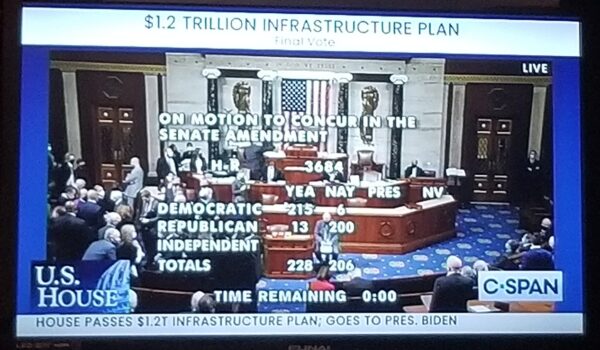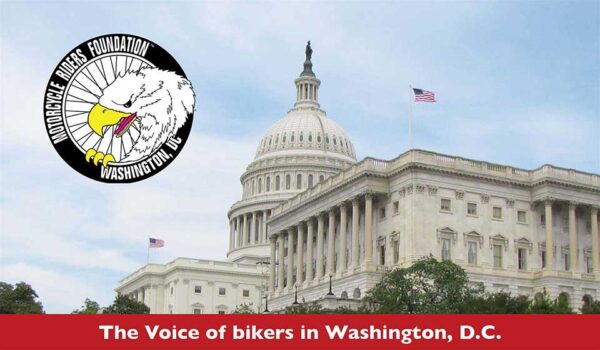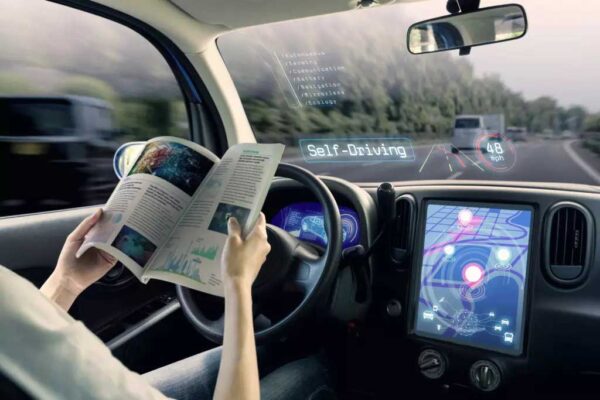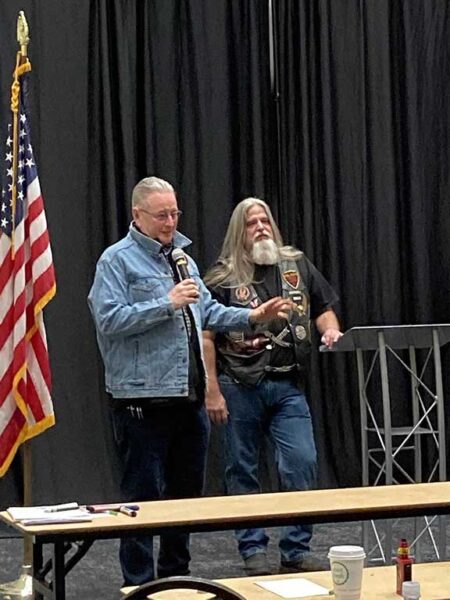MRF Update: Paving the Way & Rolling Toward Washington, D.C.
BIKERS INSIDE THE BELTWAY ! THE VOICE OF BIKERS IN WASHINGTON ! The groundwork to pave the metaphorical roads to Washington D.C. and Capitol Hill took time and commitments from freedom loving motorcyclists from throughout the country. Individual attendance to Bikers Inside the Beltway, less than a month away, makes a difference in accomplishing our legislative goals. Yes, the Motorcycle Riders Foundation is rolling toward Washington. Yes, since 2009 the MRF has hosted Bikers Inside the Beltway, a grassroots tradition orchestrated by SMROs that began with just as much determination but without a name in 1989. The MRF has brought over a thousand motorcyclists to Washington to meet with their members of Congress with the sole mission of promoting a legislative agenda that continues to successfully become law on behalf of all street riding motorcyclists. Those visits are effective. Members of Congress know that it is not easy for constituents to make the trip to Washington, D.C. And when constituents from a well-known organization such as the Motorcycle Riders Foundation venture to Washington to meet with their congressional delegation, members of Congress tend to listen. Your personal visit to Congress does make a difference. Co-sponsors on legislation the MRF supported rose over 20 percent during Bikers Inside the Beltway in 2021. Numbers make a difference. Currently, there almost ninety co-sponsors on H. Res 366 – an anti-profiling resolution. By joining other freedom loving motorcyclists, you can help increase those co-sponsors so that those numbers make an even greater difference. The MRF’s legislative agenda – beyond the three items listed below — recommended and approved by SMRO leaders at the 2021 Meeting of the Minds, is not all-inclusive. News items during the past two weeks have repeatedly demonstrated why the following items are at the top of the MRF’s legislative agenda […]
MRF Update: Paving the Way & Rolling Toward Washington, D.C. Read More »

